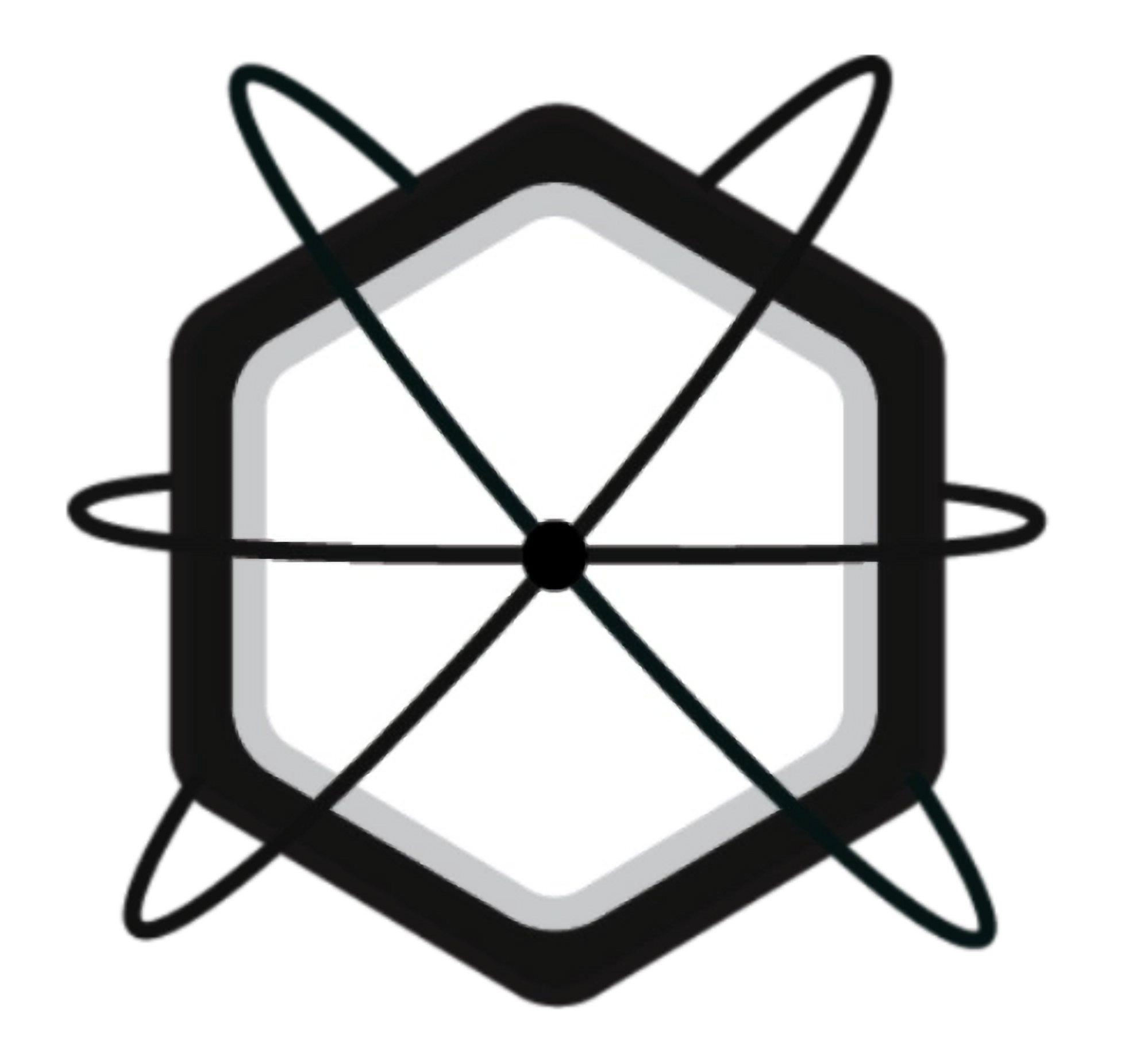Everything Sings: The Science of Systems
- Aidan Schurr
- Jan 20
- 4 min read
Updated: Mar 24
With the ever growing amount of information in the world, our understanding of the most complex systems can be enhanced through interdisciplinary connections. The following work explores Complexity Science, examples of collaborations, and ways to begin to expand your systems thinking in your own work.
What is Complexity Science?
How is it possible for the migration of birds, atomic fusion, and neural networks to be connected? Yes, on the surface these are wildly different phenomena that require intensive study to understand. Yet, viewed through the lens of Complexity Science, these seemingly disparate fields become unknowingly intertwined. .
Put simply, Complexity Science argues that “the whole is greater than the sum of its parts.”
More formally, Complexity Science is the study of how large networks of components interact and produce emergent phenomena that are self-organizing. Think of the brain, an extraordinarily complex system, that relies on the interactions of neurons which themselves are simplistic. We can visualize the structure of the neuron under a microscope, and we can understand its molecular components– and yet, to comprehend how such a cell can give rise to what we experience as consciousness– is inexplicable without considering the surrounding system. Complexity Science argues that understanding the interactions between individual parts, enables scientists to unearth hidden information in the system, and form a comprehensive picture of the greater reality.

Unlike some of the more “traditional” forms of sciences that are more commonly taught in academic environments, Complexity Science uniquely draws on seemingly distant and disparate disciplines. Though perhaps difficult to grasp conceptually, exploring Complexity in action can provide a clearer picture of the concept.
Mind over Matter
As previously mentioned, Complexity Science describes the study of emergent phenomena from simplistic parts. One of the most prominent examples of this is human intelligence. Although we can study individual pathways and neurons, we still have no explanation for the robustness of human thought.
In the public’s eye, the term ‘neural network’ has been synonymous with Artificial Intelligence since the late 2010s revolution in Deep Learning models. The term describes the various connected layers within an algorithm that attempt to mimic the logic of a human brain. The name itself tells the story of complexity at work. Based on the work of Stanford Neurophysiologist, Warren McCollugh, many computer scientists in the 19502 began imitating the structure of the brain, and developed mathematical and computational models that could program machines to perform similar processes. Advancements were made, with one of the biggest leaps occurring when David Rumelhart, a Psychologist developed Propagated Networks, in order to extend the “thinking” to multiple layers of neurons. Now widely recognized as one of the most important advancements in the last few decades, many forget the origins of deep neural networks that helped to develop programs like ChatGPT lay in an entirely different field, illustrating the underlying inspiration that complexity sciences affords.

The Art of the Connection (How to Apply Everyday)
In abstract discussions, these ideas may now be clear, but you may be wondering how to apply this information in your own scientific pursuits.
Keep up with your Interests
Many feel a need to sacrifice their interests in other fields, due to the preconceived idea that a “jack of all trades” is a “master of none.” However, Complexity Science demonstrates the benefits of developing understandings in various areas. When taking classes or pursuing minors adjacent to your main field, think about how these topics might connect. Becoming an expert in one field is important, but it is likewise valuable to foment a basic understanding for surrounding disciplines.
Cross-Pollinate
As aspiring innovators in STEM fields, many of us will face opportunities to attend diverse conferences and events, many of which will likely focus on topics outside our specific field. Fellow Biomedical Engineers– for example– do not be afraid to learn more about insect biology and host-microbe Interactions. Public Health students don't shy away from topics like chemistry or physics.
Look outside of STEM
Even beyond the diverse fields of STEM, there remains an abundance of other fields that may hold extremely lucrative information for discoveries. Economics, Music, International Affairs and Media Studies all uncover thought provoking answers to the questions of Complexity. How can the growth of cities mirror the migration of birds? How does the volatility weather patterns help predict the rise of certain stocks? Complexity Science urges us to view each of these unique subjects as part of a greater whole; as students with the opportunity to expand our breadth of knowledge, look for ways to form a more comprehensive picture of our world, by engaging with a range of disciplines.
The Main Takeaway?
“I think the next [21st] century will be the century of complexity" – Stephen Hawking
Complexity Science is not only an emerging interdisciplinary field, but also a thought provoking exercise in every scientist’s ability to see the bigger picture. Many problems that appear unsolvable on their surface– the origins of evolution, the cure to cancer, nuclear fusion– may in fact be solvable through cross-pollination over other fields. If anything, Complexity Science commands each of us to step outside our comfort zones and view our work in the light of others’.
Sources:
KRQE Staff. "Why Do Flocks of Birds Swoop and Swirl Together in the Sky? A Biologist Explains the Science of Murmurations." KRQE, Accessed December 5, 2024. https://www.krqe.com/news/national/why-do-flocks-of-birds-swoop-and-swirl-together-in-the-sky-a-biologist-explains-the-science-of-murmurations/.
Foundational Papers in Complexity Science. "Tables of Contents." Foundational Papers in Complexity Science. Accessed December 5, 2024. https://www.foundationalpapersincomplexityscience.org/tables-of-contents.
McCulloch, Warren S., and Walter Pitts. "A Logical Calculus of the Ideas Immanent in Nervous Activity." Accessed December 5, 2024. https://home.csulb.edu/~cwallis/382/readings/482/mccolloch.logical.calculus.ideas.1943.pdf.
Albert-László Barabási: “The Hidden Networks of Everything” Big Think. Accessed November 25th https://www.youtube.com/watch?v=RfgjHoVCZwU&t=195s





very complex!